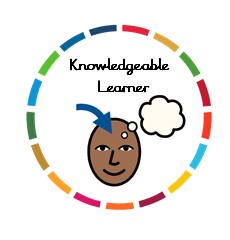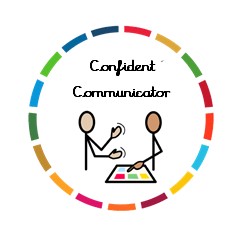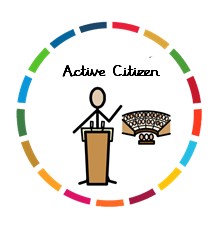Intent
Art and design at Brecknock Primary School intends to inspire and challenge children to be the artists of the future, through experimenting, inventing and creating their own works of art, craft and design. The art curriculum supports all children to acquire the knowledge and skills they need to understand the role of artists and to plan and create their own work
Knowledgeable learners

- Lessons will be contextualised to make them purposeful to ensure that children understand the relevance of the curriculum and how it can explain and impact the world around them.
- Art and design teaching delivers all the requirements of the National Curriculum. Children are taught the drawing, painting, printing, sculpting and modelling skills appropriate for their year group and are encouraged to experiment and then to review and refine the artwork they create.
- Teachers will ensure that children are provided with opportunities to develop their knowledge of a wide range of classical and contemporary artists and will choose artists from different cultures around the world.
- All children should be able to see themselves represented in the art world, through a carefully planned, diverse curriculum.
- Children will be taught how art and design both reflect and shape our history, and contribute to the culture, creativity and wealth of our nation.
Confident communicators

- We will develop pupils’ ability to critique and discuss their opinions of their own and other artists’ works of art, using carefully taught and appropriate vocabulary to explain their point of view.
- A range of oracy skills and techniques will be used to ensure that subject specific vocabulary is learnt by all children such as names of artists, artwork and art skills. Children will use specific technical vocabulary to talk about and share their own work, the processes they have used to create the work, as well as the work of artists and designers.
- The importance of art and design in our culture is highlighted through science-led STEAM projects and working with professional artists encourages children to present and explain their knowledge and skills in a variety of different ways.
- Children are encouraged to question, discuss and analyse artworks and to articulate their opinions of the works of art.
Active citizens

- We will help pupils engage with art, both as art consumers and as artists, both inside and outside of school.
- Children are encouraged to see art as open to them, both as a potential career and as a creative outlet to further develop their cultural capital.
- Children will learn that art and design has the power to explain, impact and alter the world around them. They will be inspired to consider how they can have an active role in being both artists and art critics.
- Children are taught to value the arts and the role that culture plays in our society, wider community and the world. Regular visits to art galleries and opportunities to work with a range of expert artists will be available to all children.
Implementation
- The art and design curriculum closely follows the National Curriculum.
- Teachers plan with skills progression and knowledge in mind. All learning starts by revisiting prior knowledge to encourage children to make connections and formative assessment is used throughout to address any misconceptions.
- Connections are drawn across the art and DT curriculum, to further reinforce overlapping skills and knowledge where possible and appropriate.
- All children including those who have SEND or are disadvantaged fully access the art and design curriculum, through our adaptive approach.
- As pupils progress, they should be able to think critically and develop a more rigorous understanding of art and design.
- In EYFS, children have planned opportunity to use and explore a variety of materials, tools and techniques, experimenting with colour, design, texture, form and function. They can share their creations, explaining the process they have used.
- In KS1, children should learn how to use a range of materials creatively to design and make products, drawing, painting and sculpting.
- In KS2 children will develop their techniques further, widening the materials used and opportunities to experiment with different mediums.
Throughout their time at the school, children build the skills needed to produce their own works across a range of styles and media.
Impact
- Children see themselves as future artists and recognise the important role art and design plays in our lives in shaping society.
- Through our art teaching and learning, pupils should be able to recall knowledge, use technical vocabulary and develop art specific skills.
- Subject leaders monitoring processes and pupil conferencing track the progression of children using their art and design skills and practising the recall of key knowledge.
- Planning audits are used to support teachers in delivering high quality lessons.
- Pre and post assessment tasks are planned for each art unit, covering both skills and knowledge.
- Low stakes quizzes are used, such as those used to recap previous learning at the start of lessons.
- Formative teacher assessment and marking takes place and can be given verbally.
You can find the Art and Design Progression document HERE.

